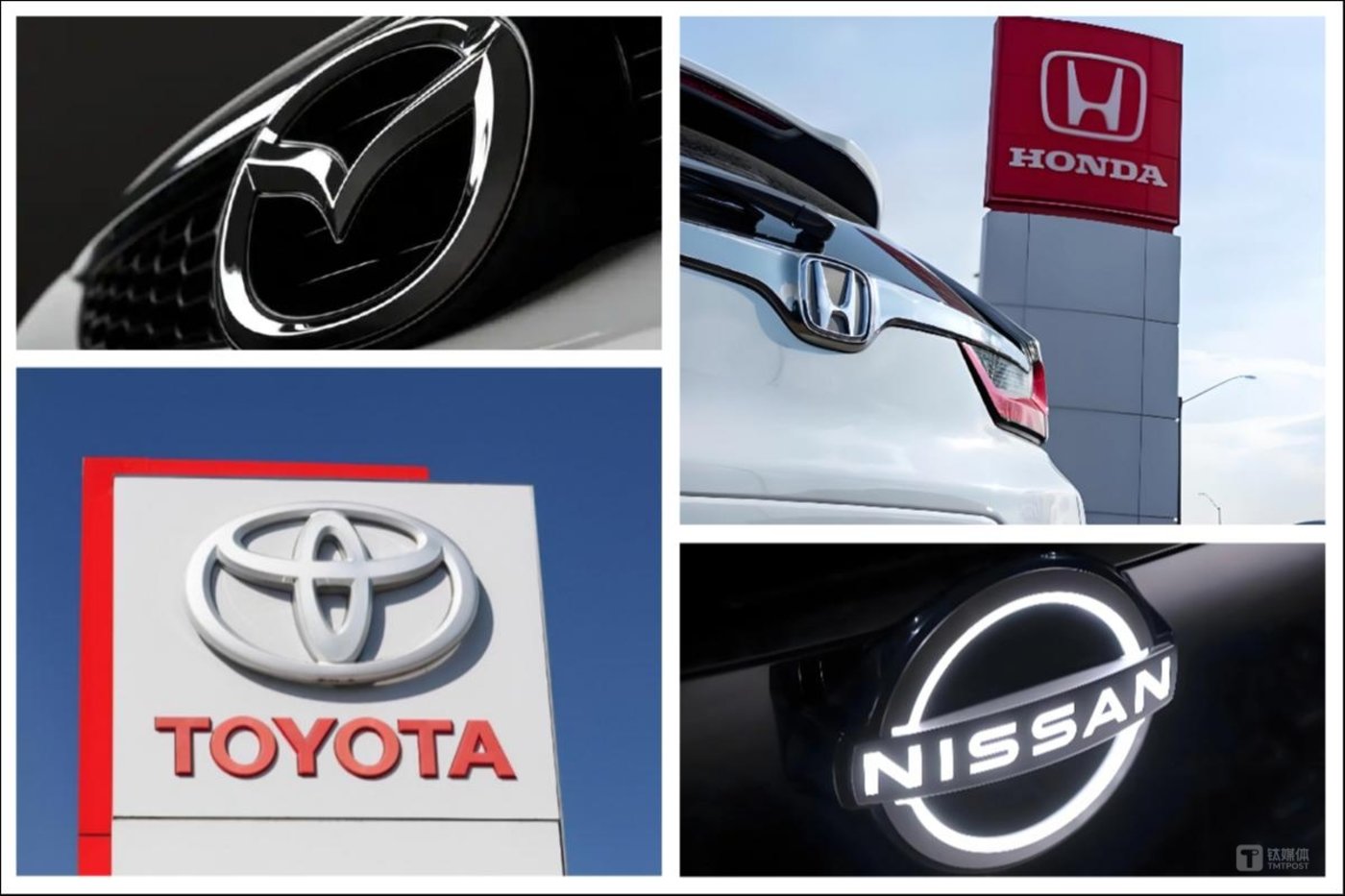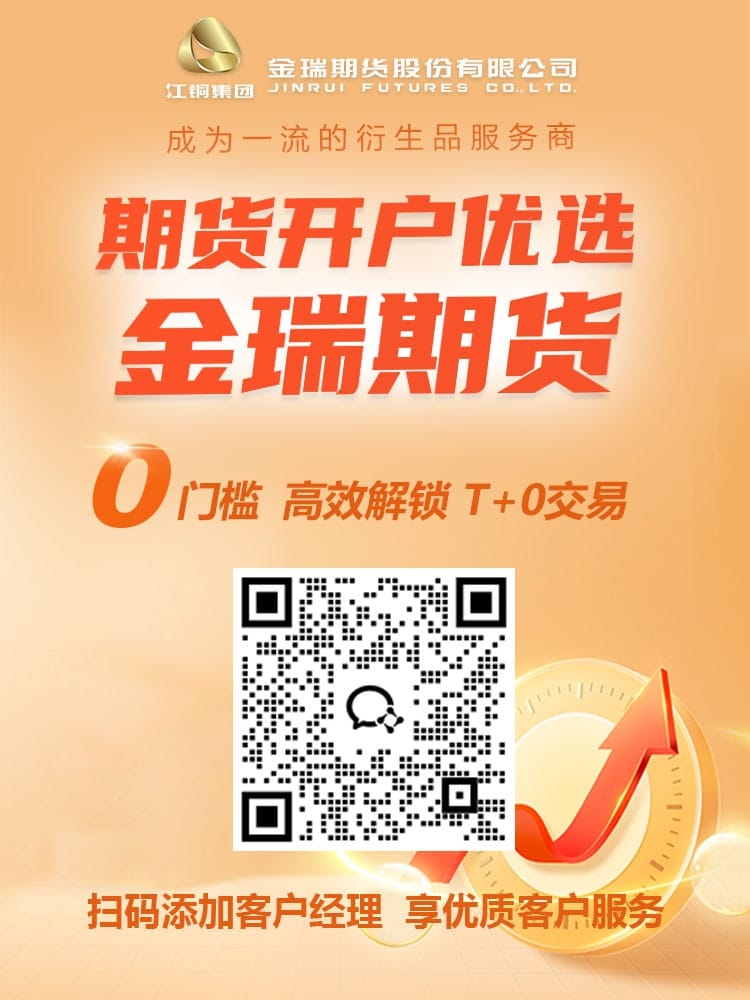AsianFin -- Japanese carmakers are navigating one of the toughest periods in recent history, as half-year financial reports reveal sharp profit declines across the sector. Rising costs, unfavorable currency movements, and trade tensions are converging with intensifying competition in the Chinese market, putting traditional industry leaders under unprecedented pressure.
According to Toyota』s latest financial statement, net profit fell 37% year-on-year to 841.4 billion yen. While sales revenue rose 3.5% to 12.25 trillion yen, operating profit dropped 11% to 1.17 trillion yen, reducing profit margins from 11.1% to 9.5%. Honda reported even steeper declines: net profit halved to 196.67 billion yen, and operating profit fell nearly 50%, despite net sales decreasing only 1.2%. Nissan has now posted four consecutive quarters of losses, including a net loss of 115.7 billion yen in the first quarter. Mazda』s financial performance also swung sharply, with a net loss of 42.1 billion yen versus a profit of 49.8 billion yen in the previous year.
Two factors dominate the current financial squeeze: exchange rates and U.S. tariffs.
The USD/JPY exchange rate declined from around 156 last year to the 147 range this quarter, a movement that significantly impacts automakers heavily reliant on exports. Toyota estimates that this depreciation alone reduced its operating profit by 165 billion yen, accounting for more than 10% of total profits. The automaker calculates that each 1-yen appreciation of the currency could cost 50 billion yen in annual operating profit.
Since 2012, Japan』s monetary easing policies aimed at stimulating the economy and boosting manufacturing competitiveness have kept the yen weak. However, persistent U.S. pressure—criticizing Japan for currency undervaluation and urging interest rate hikes—means any future yen appreciation could hit automakers and the broader manufacturing sector hard.
U.S. tariffs have proven even more damaging. In June, Japanese automakers reportedly cut export prices to the U.S. by 19%, marking the largest drop since 2016 to maintain competitiveness. Toyota estimates that tariffs cost 450 billion yen in a single quarter, more than double the losses from currency effects. Honda reported a 125 billion yen operating profit hit from U.S. tariffs, while Mazda swung to a quarterly loss due in part to tariff pressures.
Although a new U.S.-Japan agreement lowered tariffs to 15%, this is still far above the original 2.5% base rate and six times Japan』s hoped-for ceiling of 5%. Japanese automakers now view tariffs not as a temporary trade cost, but a strategic political risk shaping profitability and planning.
Together, Japan』s seven major automakers anticipate a combined annual operating profit decline of 2.67 trillion yen due to U.S. auto tariffs, underscoring the gravity of trade tensions.
Reassessing Dependence on the U.S. Market
The crisis has forced Japanese automakers to rethink their heavy reliance on the U.S. market. In 2017, six major Japanese brands aimed to sell 6.8 million vehicles in the U.S., targeting a 40% market share. By 2023, they sold 5.539 million vehicles, achieving a 36.4% share. However, those results were built on favorable exchange rates and low tariffs. With both pillars now shaken, historical reliance has turned into acute vulnerability.
Exposure to U.S. market risks varies across manufacturers. Toyota exports only 23% of its U.S.-bound volume from Japan, making it relatively insulated. Subaru faces higher exposure, with nearly half of U.S. sales dependent on Japanese production. Mazda, with 40% of its global sales in the U.S., produces about 230,000 vehicles domestically, making it highly sensitive to cost fluctuations. Nissan』s U.S. exposure stands at roughly 35%, with 150,000 vehicles exported from Japan.
To mitigate risks, Japanese automakers are increasingly relocating production closer to key markets.
Isuzu plans to shift production of small trucks exported to the U.S. from Japan to domestic facilities by 2028. Toyota has floated the idea of reverse-exporting U.S.-made models back to Japan to exploit favorable trade conditions and potentially lower costs. Meanwhile, Nissan is in talks with Honda to produce pickups at its Canton, Mississippi plant under a contract manufacturing arrangement, allowing Honda to sidestep tariffs and avoid building new factories.
While these strategies promise reduced exposure to currency and tariff shocks, they come with high costs, long timelines, and logistical challenges related to labor, supply chains, and technical standards alignment. Successful execution will be critical to maintaining competitiveness.
The Chinese Market: Survival of the Fittest
While restructuring production in the U.S. addresses some risks, Japanese automakers face formidable challenges in China, the world』s largest and fastest-growing auto market. Japanese brands』 market share in China has dropped from 30.79% in 2008 to just 9.6% in H1 2025, as domestic competitors rapidly close gaps in cost, technology, and smart features.
Traditional gasoline models are losing their edge to Chinese domestic brands, while Japanese EV offerings lag in core technologies, pricing, intelligent features, and market presence. Toyota, however, achieved 837,700 unit sales in H1 2025, up 6.8% YoY, thanks to early localization efforts and hybrid vehicle initiatives. Honda and Nissan, by contrast, saw cumulative sales drop 23.16% and 17.6%, respectively, highlighting the uneven adaptation across Japanese brands.
Localized models like Toyota』s N7 and Bozhi 3X illustrate early success, but the sustainability of such gains remains uncertain. Japanese automakers must contend with fast iteration cycles, cost advantages, and intelligent featuresoffered by domestic players such as BYD, Geely, and Changan, as well as Tesla and new intelligent EV entrants like NIO, XPeng, and Li Auto.
The Harsh Winter of Japanese Automakers
The Japanese auto industry』s struggles underscore the limitations of traditional globalization strategies. Heavy reliance on exports has left manufacturers vulnerable to currency swings and trade friction, while slow adaptation to EV and smart vehicle trends has eroded market share in China.
Short-term profit erosion from tariffs and exchange rates is largely unavoidable. Strategic responses—capacity relocation in the U.S. and a push for localization in China—represent long-term bets requiring substantial capital, time, and execution skill.
The industry now faces a dual challenge: hedging policy risks abroad while regaining market relevance in China. Success will depend not on rhetoric, but on the efficiency of execution, speed of transformation, and investment in intelligent vehicle technologies and software ecosystems.
For Japanese automakers, the coming years will be a decisive test of resilience. Can production optimization abroad effectively protect margins? Can China-focused localization translate into sustainable market share growth? The answers will determine whether Japan』s automotive giants can navigate this turbulent era or continue their slide under the weight of tariffs, currency pressures, and technological disruption.





















